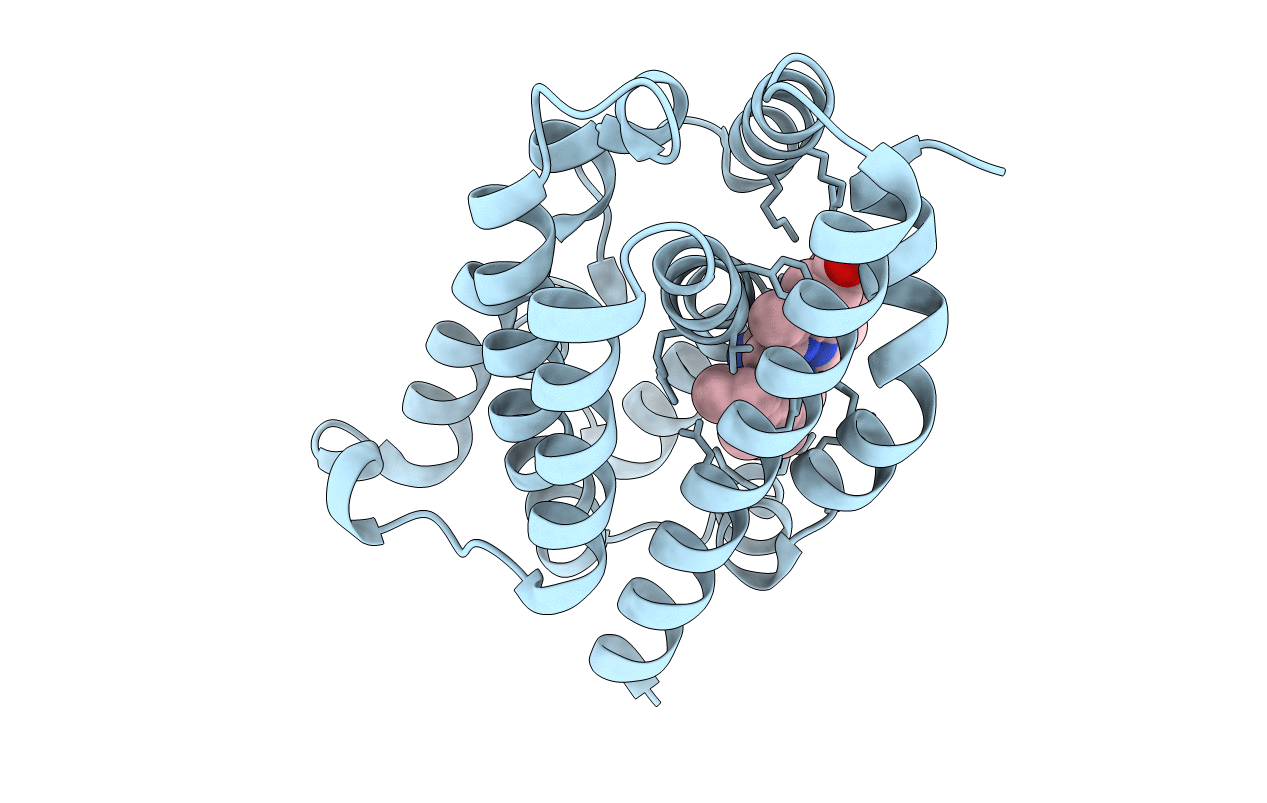
Deposition Date
2007-01-09
Release Date
2007-06-19
Last Version Date
2023-10-25
Entry Detail
PDB ID:
2E7E
Keywords:
Title:
Bent-binding of cyanide to the heme iron in rat heme oxygenase-1
Biological Source:
Source Organism:
Rattus norvegicus (Taxon ID: 10116)
Host Organism:
Method Details:
Experimental Method:
Resolution:
1.85 Å
R-Value Free:
0.21
R-Value Work:
0.19
R-Value Observed:
0.19
Space Group:
P 32 2 1


